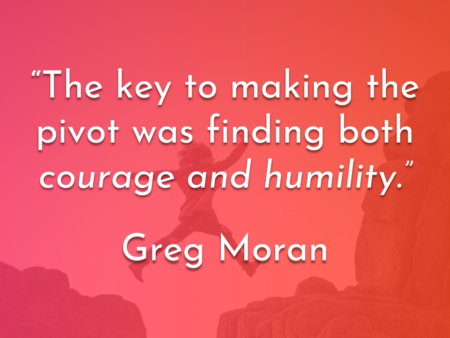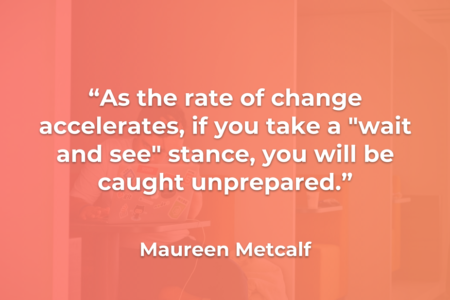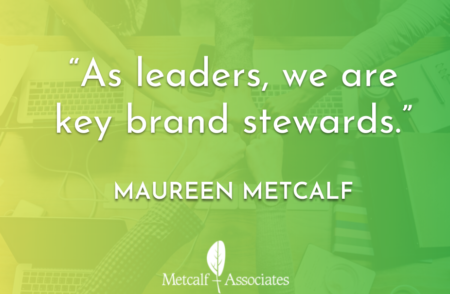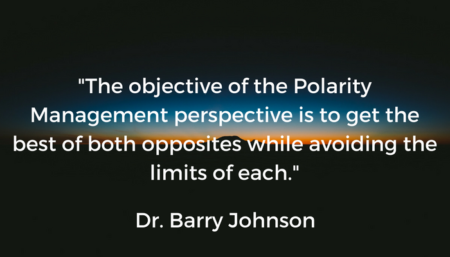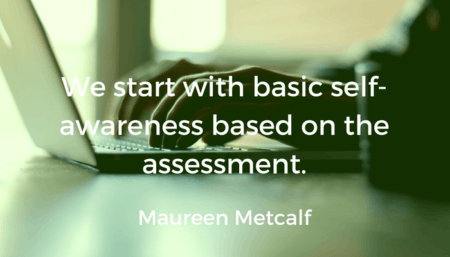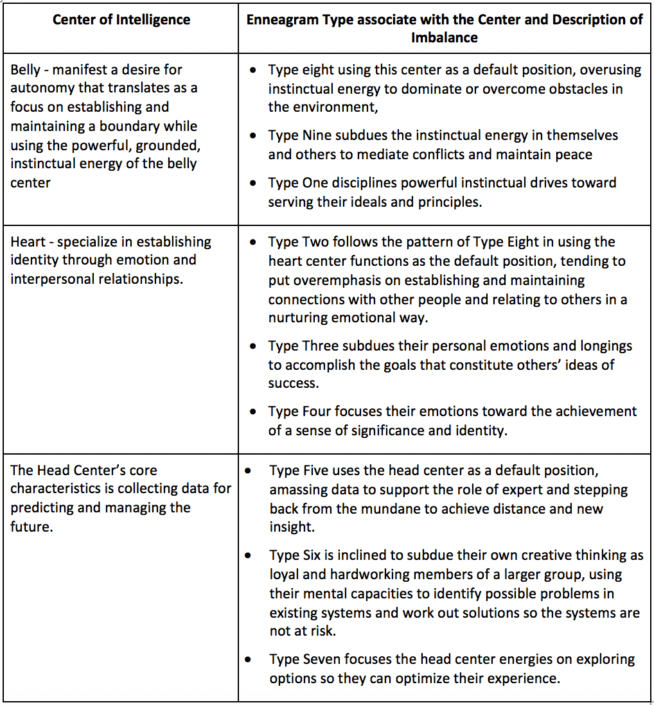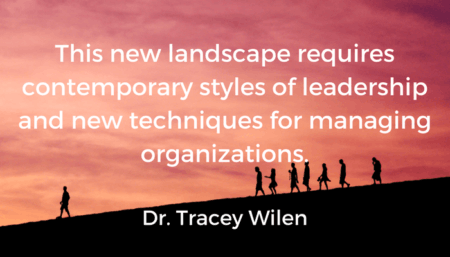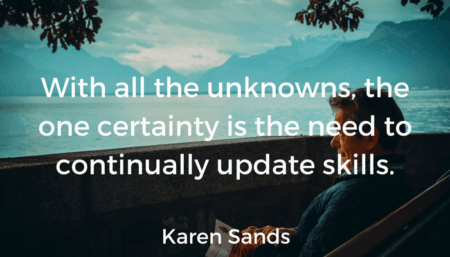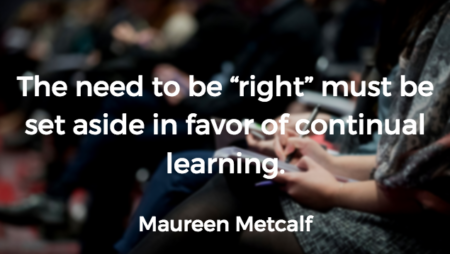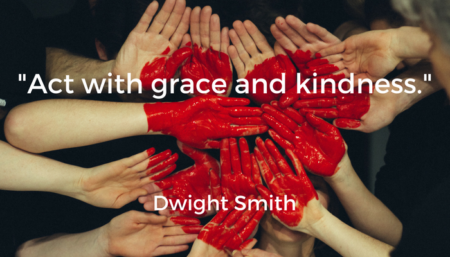Aspirations – Making the Pivot
This is a guest blog by Greg Moran as a companion to the Voice America show aired on September 4,...
Read Moreby VoiceAmerica | Jan 29, 2019 | Business | 0 |
This is a guest blog by Greg Moran as a companion to the Voice America show aired on September 4,...
Read Moreby VoiceAmerica | Dec 11, 2018 | Business, Influencers, VoiceAmerica | 0 |
With 2018 coming to a close, many of us are looking to 2019 and beyond. This article was...
Read Moreby VoiceAmerica | Jul 12, 2018 | Business | 0 |
This post is from a Forbes article written by Maureen Metcalf in collaboration with Brad Circone....
Read Moreby VoiceAmerica | May 31, 2018 | Business | 0 |
This guest post is an excerpt from Dr. Barry Johnson’s book Polarity Management: Identifying and...
Read Moreby VoiceAmerica | May 15, 2018 | Business | 0 |
This blog is a companion to the Voice America Interview on May 18, 2018 with Belinda Gore, Board...
Read Moreby VoiceAmerica | May 15, 2018 | Business | 0 |
This blog is a companion to the Voice America Interview on May 18, 2018 with Belinda Gore, Board...
Read Moreby VoiceAmerica | Apr 17, 2018 | Business | 0 |
This post is the companion to a Voice America interview with Tracy Wilen, researcher and...
Read Moreby VoiceAmerica | Apr 10, 2018 | Business | 0 |
This post is the companion to a Voice America interview with Karen Sands, Leading GeroFuturistSM,...
Read Moreby VoiceAmerica | Mar 21, 2018 | Business | 0 |
How to Create a Culture of Innovation and Learning March 20, 2018/0 Comments/in Authentic...
Read Moreby VoiceAmerica | Feb 15, 2018 | Business | 0 |
Top Skills to Lead For the Future! February 6, 2018/0 Comments/in Innovative...
Read Moreby VoiceAmerica | Dec 5, 2017 | Business | 0 |
This blog is a companion to the interview with Karen Sands on VoiceAmerica “Innovative Leaders Driving Thriving Organizations” on October 24, 2017 Navigating the Graying Demographic: Rock Your Age and Manage...
Read Moreby VoiceAmerica | Nov 22, 2017 | Business | 0 |
This blog is a collaboration between guest Dwight Smith, experienced CEO and board member of...
Read More

